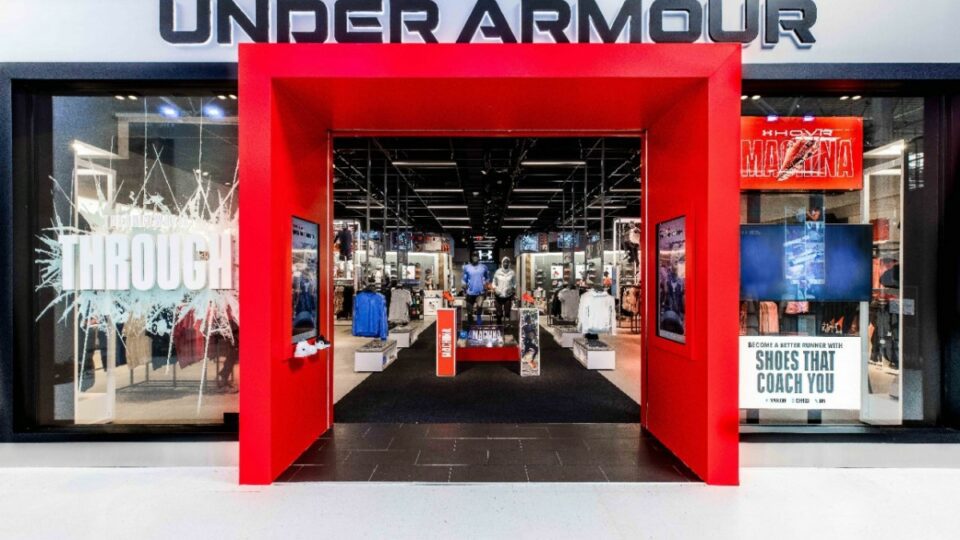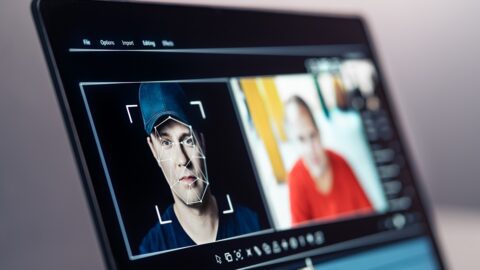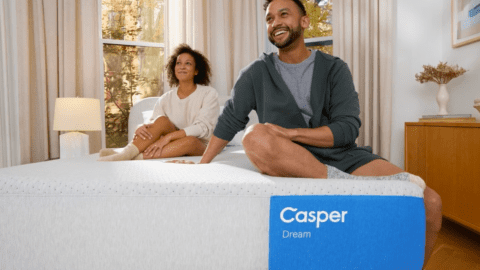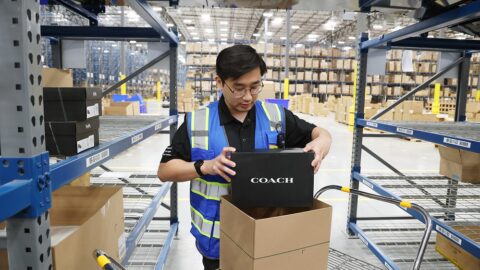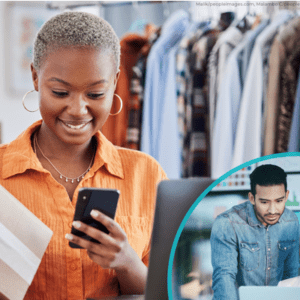Riddled with design flaws and service gaps, the fitting room has been a longtime necessary-but-evil curse plaguing the store. However, experts indicate that the mainstream adoption of RFID, coupled with the implementation of connected technology, are creating new opportunities for brands and retailers to streamline fitting room operations and improve customer experiences.
Brands like Under Armour that have highly technical products, often requiring a more considered purchase journey, have the most to gain from leveraging fitting room technology.
“The more complicated a retailer’s category mix is, the more this technology can help simplify that journey,” said Steve Rowen, Managing Partner at Retail Systems Research in an interview with Retail TouchPoints. “Because the reality is, most consumers are not going to bother to learn about your products as much as you want them to, particularly in fashion, especially if it’s an impulse buy. The simpler you can make it for customers to get a different item, a different size, a different color or a different model at that actual point of decision, the more of a win it will be.”
Under Armour initially announced its use of fitting room technology from Crave Retail in its UA Brand House City Concept in 2020, promising it would add “yet another layer of service and ease to the athlete’s in-store experience.” The concept, more than 18 months in the making, incorporated feedback from UA’s consumer base to ensure all elements, including technology, met an intentional need.
And meet a need the fitting room technology did. With an iPad in each fitting room, customers can access detailed product images and descriptions, connect with Under Armour associates, whom they call teammates, and request new colors, sizes and more. They even get to see real-time and historical data, including associate performance, most popular items and other relevant information.
Fostering a Human Connection
Josh Denton, Head of Direct to Consumer for the Americas and Global Retail at Under Armour, was on the original team that brought Crave Retail into the fold. He noted that because Under Armour has such a technical product, associate knowledge and high-touch, personalized service is a big brand differentiator in its full-price stores.
“Unless that human connection is there, and that personal testimony is shared, a lot of the technology goes unnoticed, and then the value equation doesn’t make sense,” Denton explained. “The fitting room technology serves as a conversation starter, a way to unlock an explanation of all the goodness that goes into our products.”
This is what Denton calls a “co-assist moment.” And he believes that technology —in this case, fitting room technology — can be a very important enabler, even driver, of these moments. “My deep belief is that technology is always in support of human behavior,” he said. “Technology is not necessarily meant to remove the human equation.”
Due to the technology’s impact and influence, Under Armour has rolled out and optimized this highly connected fitting room experience in more stores. The brand’s UK Brand House in Battersea Power Station features the connected fitting rooms, as does a relatively new location in Johannesburg, South Africa.
“We can see the correlation between getting the customer in the fitting room, following up with them and giving them that service, and then ultimately driving improved transaction value and also conversion rate,” Denton said. “We have so much opportunity to drive fitting room usage and connect that back to our overall selling metrics.”
Testing, Learning, Optimizing
In the early stages of Under Armour’s partnership with Crave Retail, the brand aggregated feedback from store managers and even call center and other service channels to gauge the top questions they were hearing from customers. They then built a mock fitting room on the UA campus outfitted with the technology to do a controlled test. Under Armour brought a focus group of customers into the fitting room to walk through the experience, and the overall value exchange, in order to gather feedback.
“We looked at everything, including the lighting, the mirrors and the technology,” Denton noted. “I’m very passionate about activating a test-and-learn culture. When you’re spinning up your CapEx, I think it’s very important to not only integrate the voice of the customer but also data.”
During the focus groups, the team realized that they needed to incorporate a true name exchange, with the associate asking for the customer’s name, within the experience.
Because this level of personalization was so crucial, Under Armour went on to give associates their own iOS devices with the Crave app. That way, when they asked customers their names, they could add them to the app. As a result, customers would then see their name on the fitting room technology, and the associate could also easily access not just the customer’s name but all of the products they were trying on.
Advertisement
Creating Value Across the Organization
The core “audience” of the fitting room technology is consumers and associates in specific stores; it helps them see which items are in stock and enables a seamless service interaction while shoppers are at their most vulnerable. However, Denton noted that there is a secondary audience that sees significant value too: multi-store leaders, heads of stores and even executive leaders, who can tap into the technology’s rich data set to truly understand what’s happening across locations. “With 1,800 stores globally, I certainly can’t know what’s going on in all stores at once,” Denton explained.
Driving fitting room usage is one of Under Armour’s top priorities for the year, not only because Denton and his team understand the revenue impact of customers touching and trying on an item, but because the fitting room creates an opportunity to gather meaningful (and actionable) data that the entire business can apply.
“Traffic is an opportunity to not just close the sale but to gather insights from our customers in stores,” Denton said. “Looking at the 50 million-plus visits we get each year, getting insights from that customer in the fitting room is one of the best ways to accomplish that.”
Want to get more expert insights on how you can transform the fitting room experience? Download our in-depth special report which features thoughts from RSR’s Steve Rowen, MG2’s Melissa Gonzalez and more!




